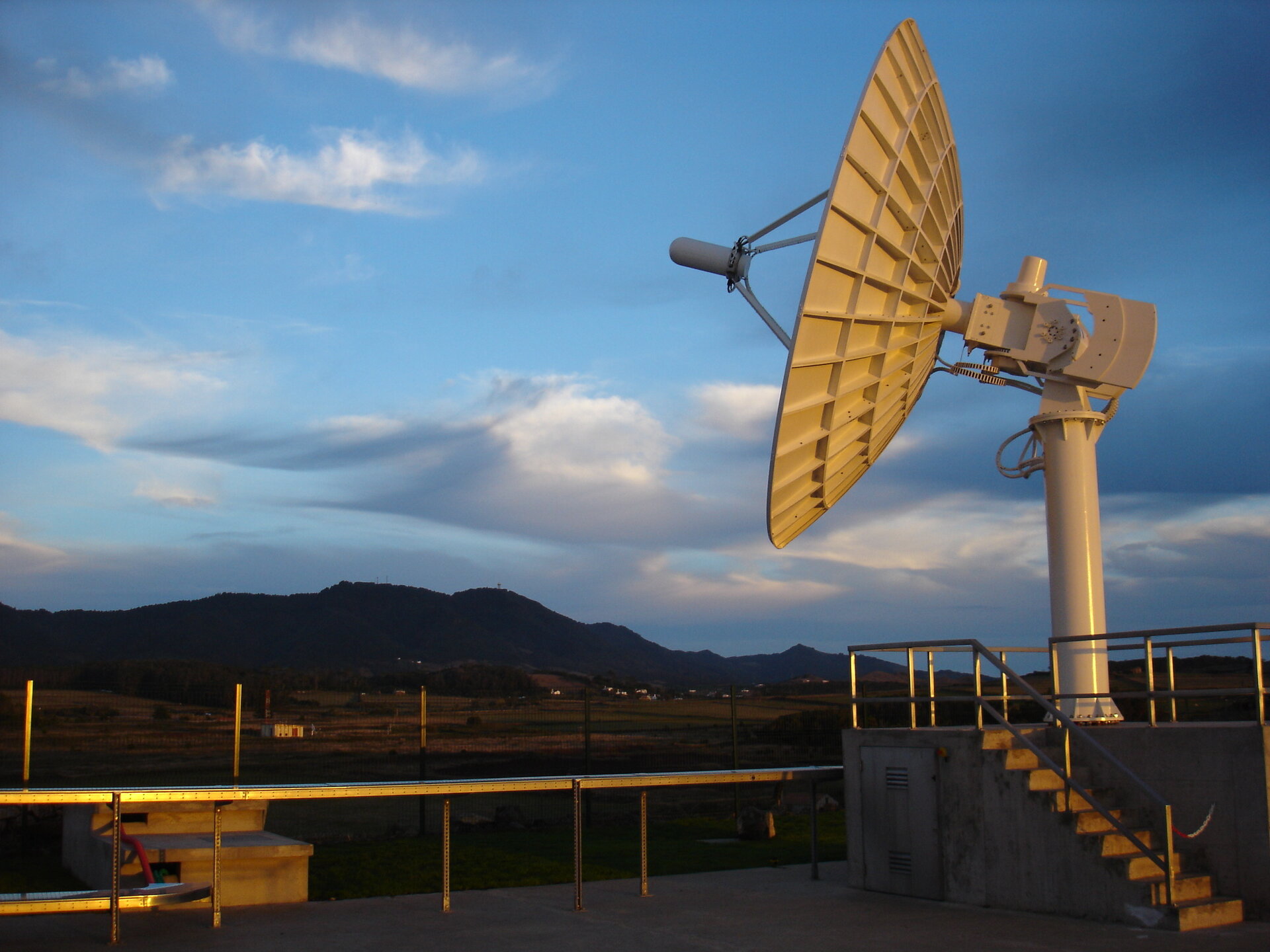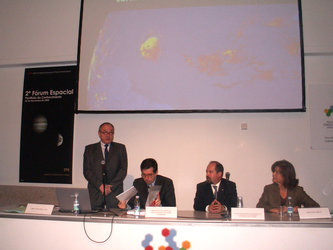Boosting capability: Santa Maria station to join ESTRACK
A new station will join ESA's tracking network on 17 January 2008. Located on the Portuguese island of Santa Maria in the Azores, the station will track launches from Europe's spaceport in Kourou, French Guiana, as they pass overhead at 28 000 km per hour.
The Santa Maria station will be one of the first ESTRACK stations with launcher tracking capability. The station can be used to track mid-inclination Ariane launch trajectories and will also be capable of tracking Vega and Soyuz, soon to be operated from ESA's Spaceport at Kourou, French Guiana, as well as ongoing Earth observation missions, including ESA's ERS-2 and Envisat, and Canada's Radarsat, among others.
"Adding Santa Maria provides a critical capability for tracking ATV launches on Ariane as well as other launches from Kourou, and also opens up new possibilities for services based on the receipt of Earth observation data," said Gerhard Billig, the SMA service manager at ESA's Operations directorate.
ESA's ESTRACK network will grow from eight to nine stations with the formal inauguration of Santa Maria on 17 January.
Station profile
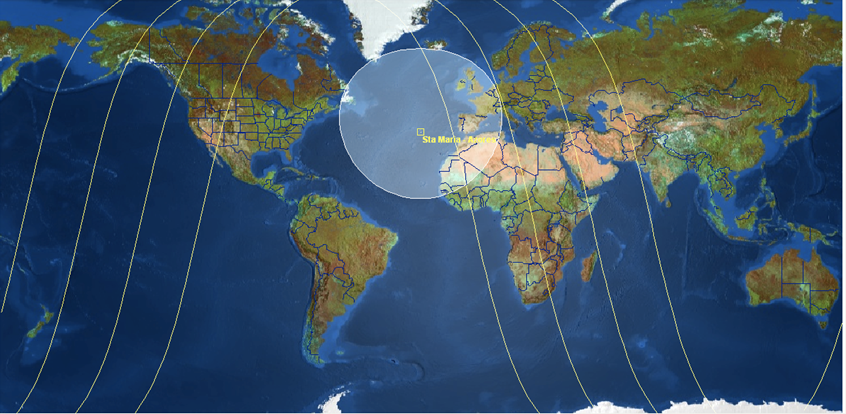
The Santa Maria station (SMA) tracking footprint covers a large portion of the Atlantic ocean.
It is located at about 200 metres elevation on the top of the island's Monte das Flores (Hill of Flowers); Santa Maria is the southernmost island in the Azores, which lie in the Atlantic some 1500 km from Lisbon.

The station consists of a 5.5-m antenna hard-wired on a stable concrete platform; the station includes telecommunications equipment, a no-break power system, lightning protection and support infrastructure.
For Ariane 5 tracking, the station will receive signals in S-band, at 2200-2300 MHz; X-band capability will be added in the near future to receive scientific data from Earth observation satellites.
Tracking Ariane
The first launch to be tracked from Santa Maria will take place in early 2008, when Jules Verne, the first Automated Transfer Vehicle (ATV) to be sent to the International Space Station, lifts off from Europe's Spaceport in French Guiana on board an Ariane 5 launcher.
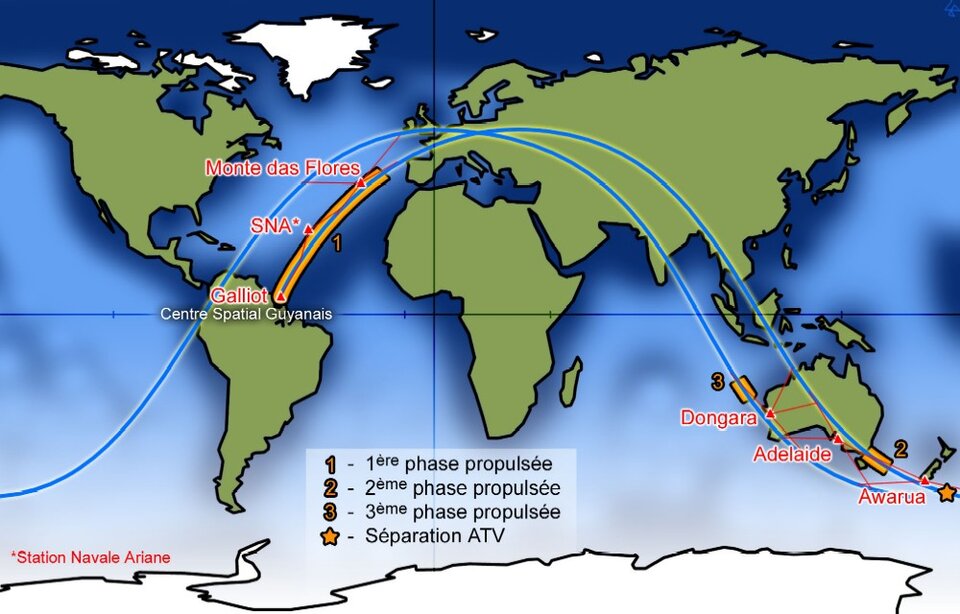
ATV's Ariane 5 flight, lasting about 160 minutes, consists of five consecutive phases:
- First propulsion phase, over the North Atlantic, from Kourou to the Azores
- First ballistic phase, over Europe, Central and Eastern Asia, and then Indonesia
- Second propulsion phase, over Australia and New Zealand to achieve a circular orbit before the ATV separates
- Second ballistic phase, accounting for one complete orbit around the Earth
- Third propulsion phase, to the North of Australia, for de-orbiting the launch vehicle upper stage
This particular trajectory made it necessary to set up a specific network of ground tracking stations so as to enable the receipt of real-time data during all phases and critical flight events. SMA is one of the first ESA stations that can track a launcher during the propulsion phases.
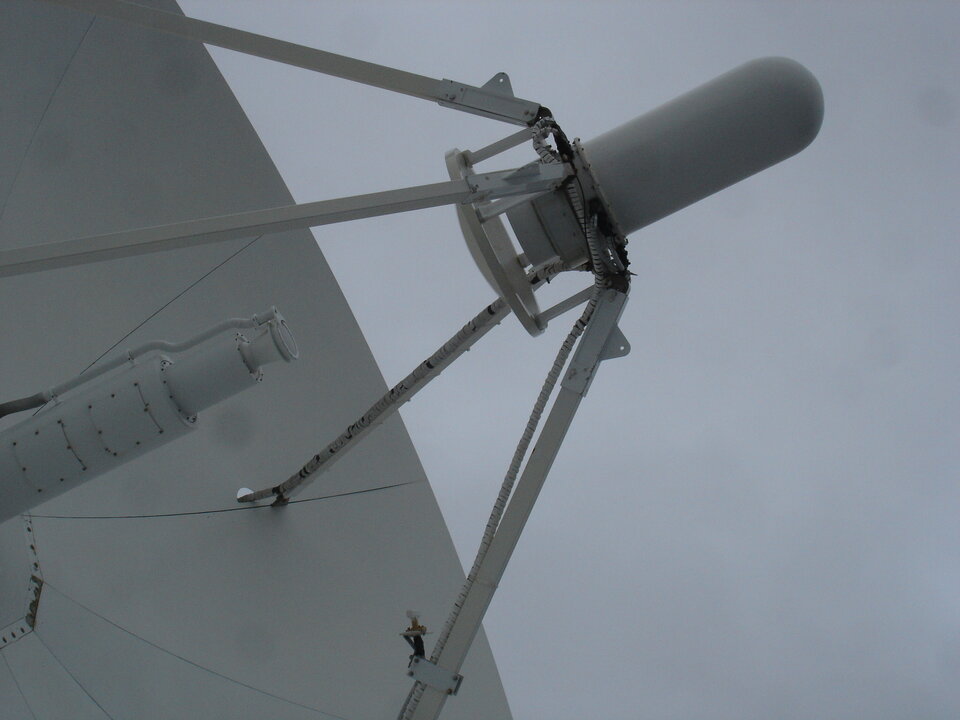
The overall Ariane ground station network is managed by the CNES operational team of the Guiana Space Centre.
It includes the ESA station in Kourou, French Guiana, the Ariane naval station (SNA - Station Navale Ariane; a mobile station located on a ship in the Atlantic Ocean, between Kourou and the Azores), Santa Maria station SMA, Australia's Adelaide station (University of South Australia), a mobile station installed at Awarua, New Zealand, and the Dongara station, Australia.
SMA will acquire signals from Ariane during its first orbit until cut-off of the upper-stage propulsion system, and then in the second orbit during the ballistic phase after ATV separation and before the de-orbiting boost. Ariane will pass over SMA at some 28 000 kph.
Santa Maria planned tracking operations
In the near future, SMA will also be used to receive launcher telemetry for the planned Galileo global positioning satellite launches via Ariane or Soyuz.
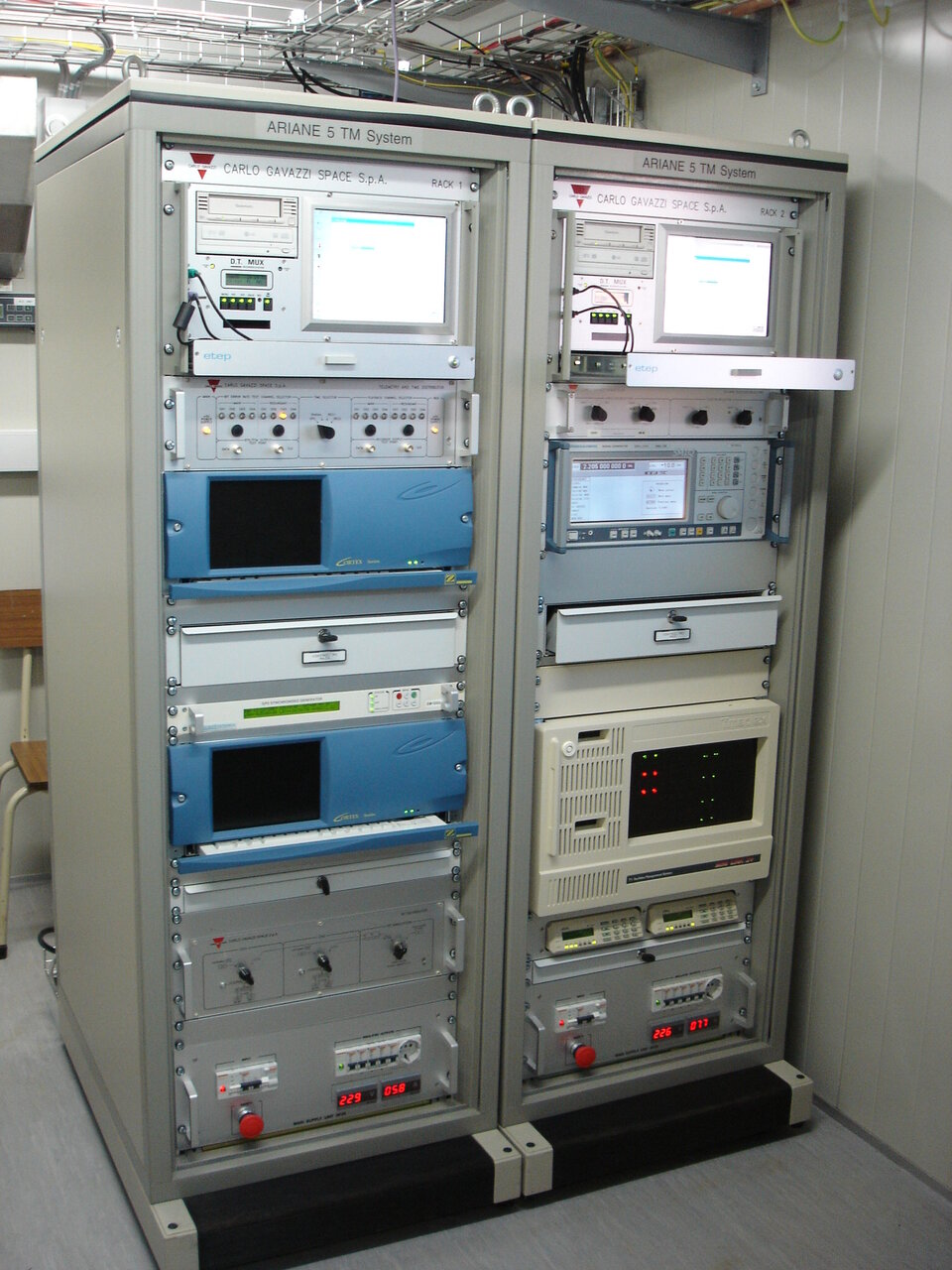
SMA's tracking services may also support Project CleanSeaNet, managed by the European Maritime Safety Agency (EMSA) and providing satellite detection of oil slicks, and Project MARISS (MARitime Security Service), part of the European Union's Global Monitoring for Environment and Security (GMES) programme and supported by ESA.
For these activities, the SMA antenna will be upgraded to receive in X-band (8025-8400 MHz).
About Santa Maria station
The Santa Maria station has been developed under the Ariane Development Programme (ACEP) with technical management from ESA's Operations directorate. It represents the first such cooperation between the Agency's Launchers and Operations teams, which will continue for the update of the ESTRACK station at Perth, Australia, to enable a similar launcher tracking capability.
The station has been established on the Monte das Flores site in Santa Maria within the frame of an agreement between ESA and the Portuguese authorities and is operated locally under contract by a consortium comprising industrial partners EDISOFT/SEGMA/GlobalEDA of Portugal/Azores.


